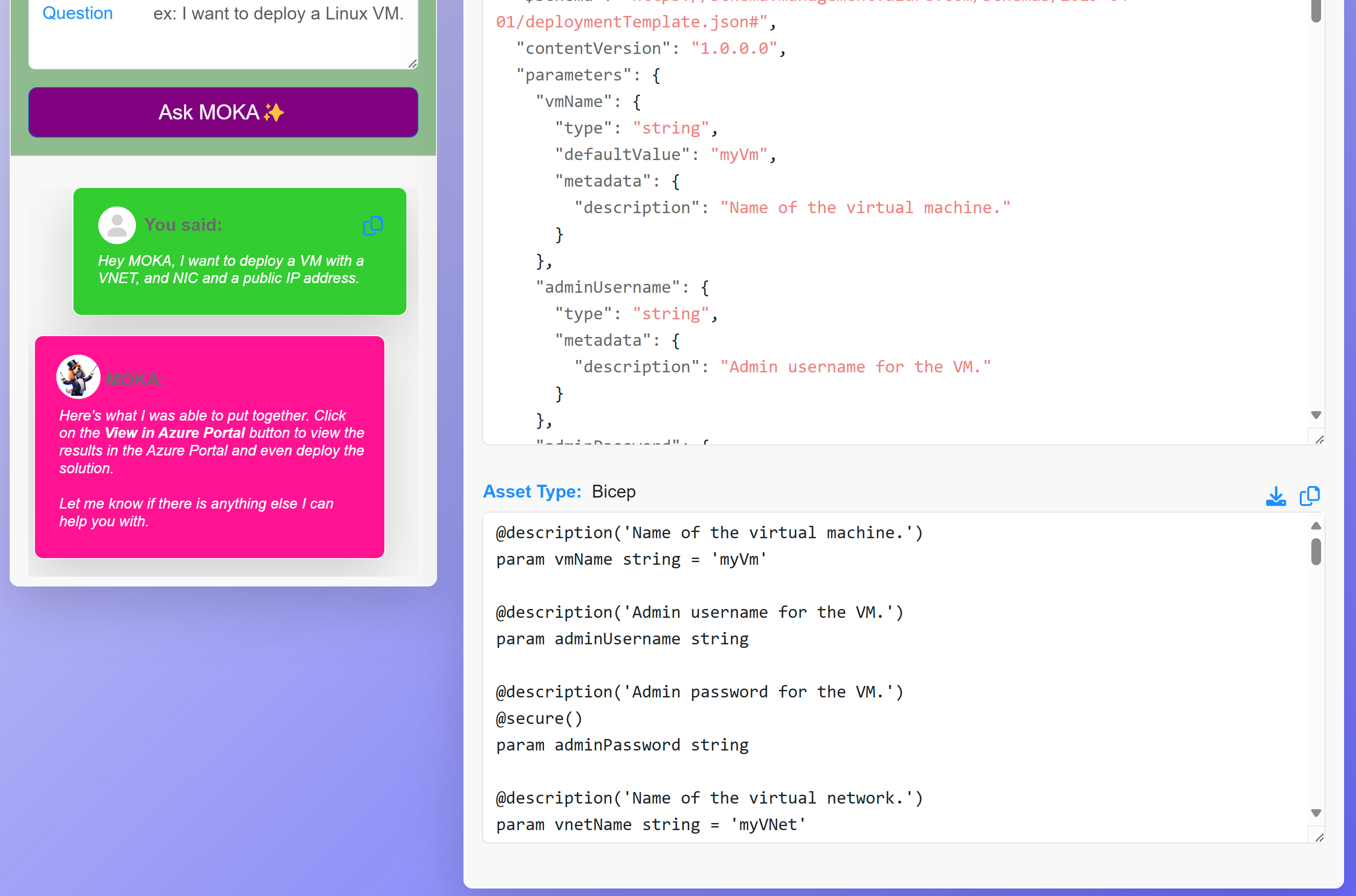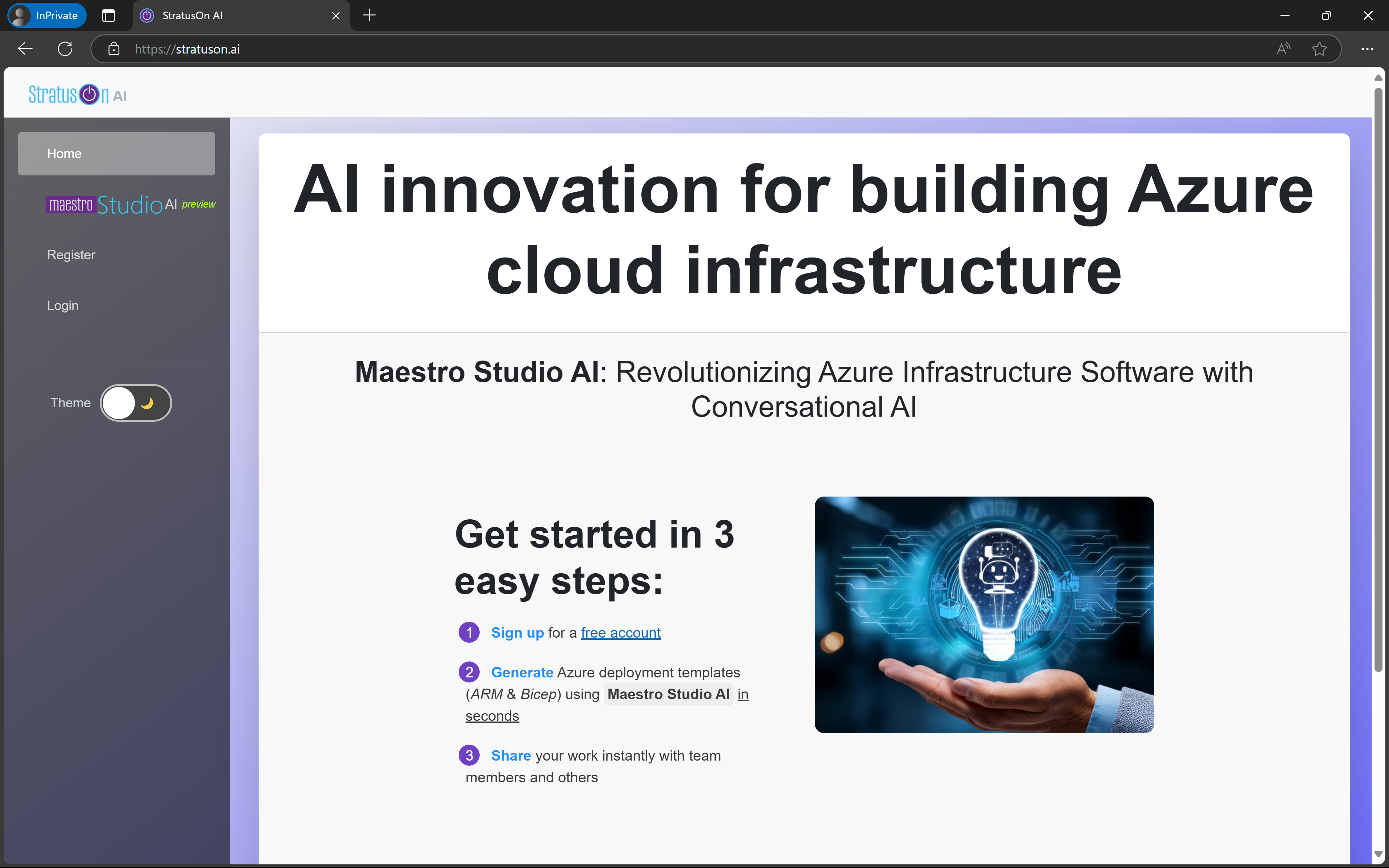
When deploying Azure Managed Applications, CreateUiDefinition.json files are essential. They define the user interface for your solution, guiding users through configuration options in the Azure portal. But let’s be honest—writing these files manually can be time-consuming and error-prone....
Read More

While this is not news at all since natural language use for generating Infrastructure as Code has been going on for the last 3+ years, the title is a depiction of the reality that is taking shape alongside and in-sync with the evolution and progress of foundation models. It's true that the foundation models, specifically Large Language Models (LLM), including the recent reasoning type LLMs, are still not quite ready to produce production-ready code on their own, the state of the AI coding assistant industry has improved the output quality so much in recent months by using several hybrid techniques to augment foundation models with fine-tuned, domain-specific or domain-adapted models, as well as leveraging workflows orchestrating a plethora of tools. Some scenarios are even leveraging non-Transformer architecture-based AI along with custom machince learning (ML) worflows for training and inference. As more effort is now being devoted to R&D vs. hype, we're seeing incredible progress, especially great results from our own R&D lab, which we've been showcasing in our products....
Read More

StratusOn Crescendo Analytics: Agentic AI in action: Moka's Deployment Health dashboard, shown below, is powered by the StratusOn Crescendo Analytics service—a mesh of AI agents (called actors) deployed across all Azure regions, collecting real-time reliability, capacity and health analytics data from each Azure region....
Read More

If you've ever tried deploying an ARM template you found on GitHub, you know the drill: outdated API versions, hidden expression bugs, region-specific resource hiccups. You spend hours troubleshooting cryptic errors in the Azure Portal or tearing your hair out in Visual Studio Code—only to hit another snag at deployment time....
Read More

Imagine you're a cloud engineer onboarding a team member who prefers working in Arabic or Hebrew. You need deployment templates, documentation and dashboards in right-to-left text—all aligned and error-free. Manual translation, stylesheet tweaks and endless testing can take days. What if you could describe your infrastructure in your own words—and your own language—and get fully functional Azure assets back in minutes?...
Read More

Every cloud engineer knows the drill. You log into the Azure Portal, spin up a basic Web App in East US, hit 'Preview and Deploy' and watch the progress bar crawl. Thirty seconds later: deployment failed. Capacity issue. Now you repeat—West US, Central US, Australia East… rinse and repeat until you get lucky and your deployment finishes successfully all the way....
Read More

Cloud engineers spend too much time chasing failing deployments and tweaking templates. What if you could type a plain-English request and instantly get a fully tested, deployment-ready solution—complete with diagrams, docs, CLI commands, and one-click portal deployment? That's exactly what Maestro Studio AI's Moka delivers....
Read More

AI assistants are everywhere. Conversational AI has become mainstream. There is the good, but there is also the bad and the ugly. AI assistants are getting better, much better, as they start to rely on AI models that are improving at a fast rate, and a lot of effort is being put into making these assistants more reliable and consistent. They are amazing when they work, and that's most of the time, but then comes the occasional hallucination that spoils things. Depending on the context of the problem space, companies are figuring out ways to create guardrails to mitigate most of these problems....
Read More

Anyone today can go to one of the available AI assistants or chat bots and use natural language to try and get an Infrastructure-as-Code (IaC) solution that fits their requirements. Anyone that has already tried this knows that you are more likely to get an invalid solution or one that has one or more invented pieces of information; things that don't really exist and are totally made up (even though they might seem at first blush to be authentic!)....
Read More

This quick walkthrough demonstrates how you can compose any Bicep/ARM template of your choice by simply describing the Azure infrastructure you want to build. The walkthrough shows how, using the power of conversational AI through natural language interactions with an AI agent, you can easily, quickly, and even inexpensively, compose Azure infrastructure solutions that are as sophisticated as you need them to be in order to solve your particular problem or support your product's Azure environment, resources, and configurations; sophisticated solutions that are also backed by an SLA....
Read More